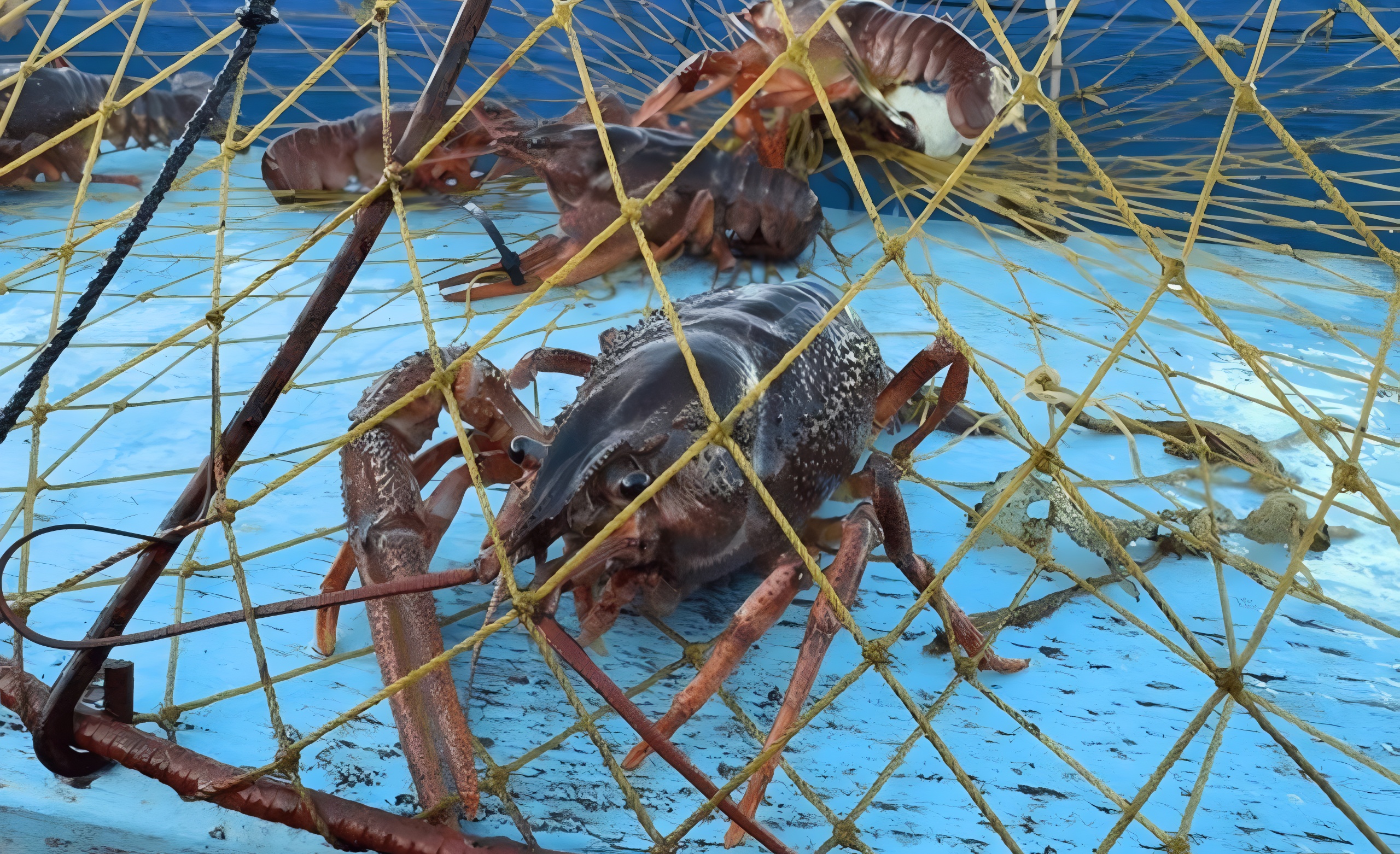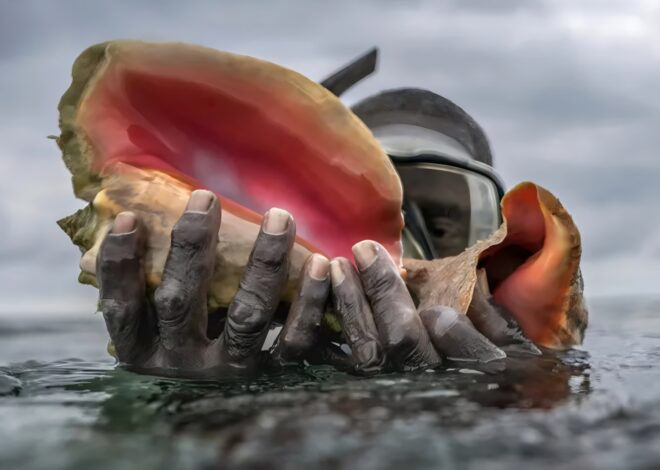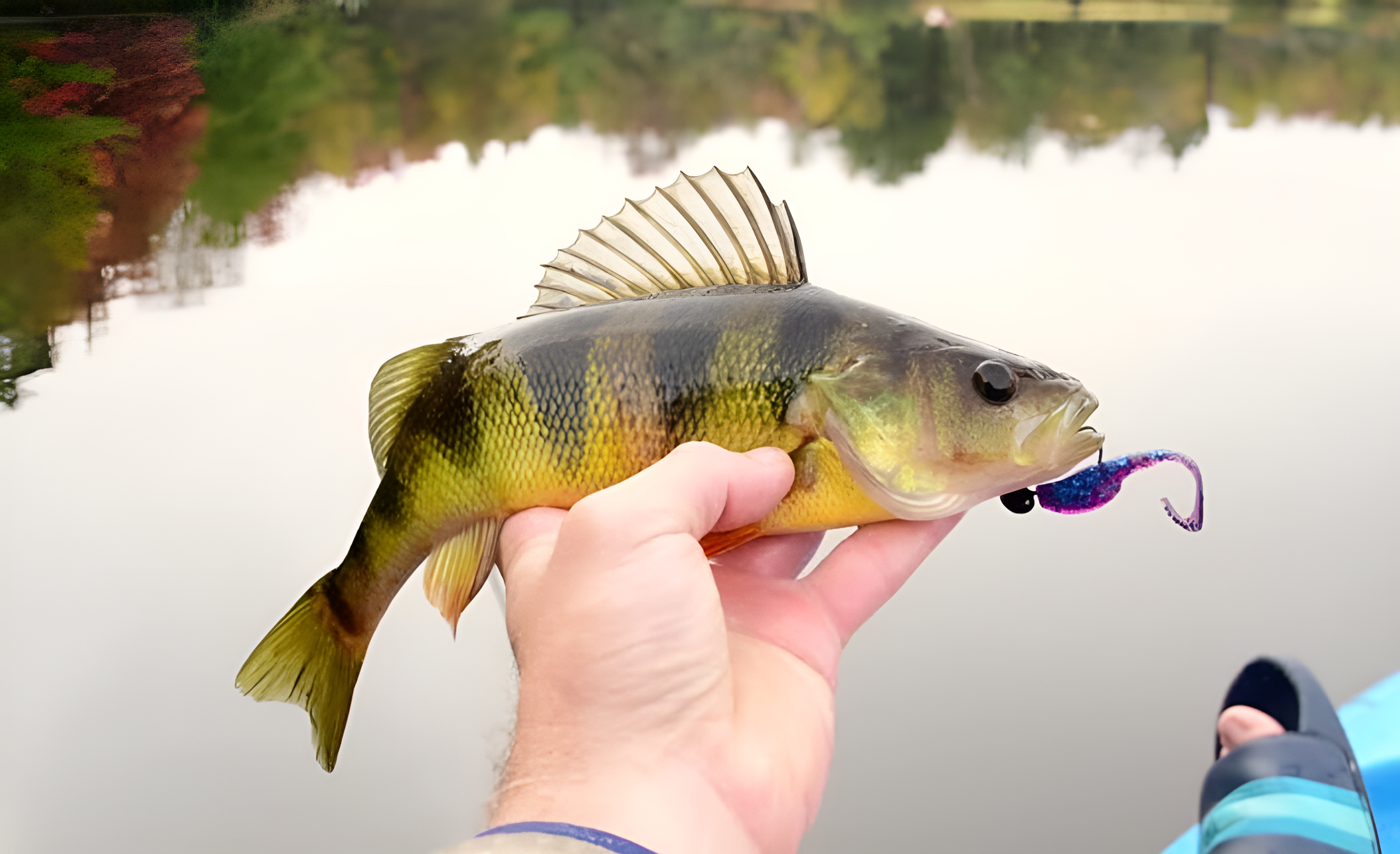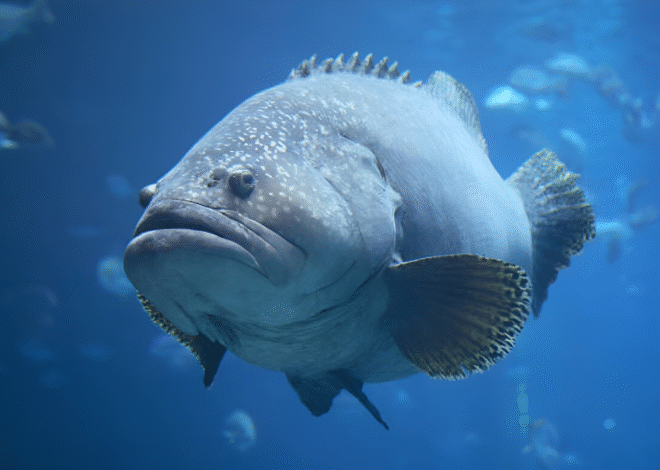
How To Catch Crawfish For Beginners
If you’ve ever wondered how to catch crawfish for beginners, you’re in for a treat! Crawfish season is a time-honored tradition, especially in the South. The excitement of venturing into the swamps or lakes with friends and family to catch these little critters can’t be beaten.
Not only is it an adventure that connects you with nature, but it also leads to delicious meals that will impress your loved ones. Whether you’re looking to learn a new skill or simply want some weekend fun, this guide will help you navigate the ins and outs of catching crawfish like a pro.
Get ready to roll up those sleeves and dive into one of summer’s most rewarding activities!
Why Catch Crawfish?
Catching crawfish is more than just a fun outdoor activity. It’s an opportunity to connect with nature and experience the thrill of the hunt. These crustaceans are abundant in many freshwater bodies, making them accessible for everyone. It’s a great way to introduce kids or newcomers to fishing and the ecosystem.
Moreover, crawfish hunting can be a social event. Gather friends or family for an afternoon by the water, sharing stories while waiting for your catch. The camaraderie enhances the experience significantly. Additionally, catching your own seafood adds freshness that store-bought options simply cannot match.
There’s something satisfying about cooking what you’ve caught yourself. It’s cost-effective! With minimal investment in tools and bait, you can enjoy this rewarding pastime without breaking the bank.
Preparation for Crawfish Hunting
Preparation is key when it comes to catching crawfish. Start by gathering your gear. An efficient bucket or cooler will help you keep your catch fresh. Check local regulations regarding permits and limits. Understanding the rules ensures a responsible outing.
Next, consider bait options. Chicken necks and fish scraps are popular choices that attract crawfish effectively. Timing matters too; early morning or late afternoon often yield the best results as crawfish are most active during these times.
Don’t forget about clothing! Wear waterproof boots and comfortable attire suitable for muddy areas. A pair of gloves can protect your hands while handling equipment and critters alike. Gather some friends or family for a fun day out on the water. Crawfishing is more enjoyable with company, making every moment memorable in nature’s embrace.
The Best Places to Catch Crawfish
When it comes to catching crawfish, location is everything. Look for shallow freshwater areas like ponds, lakes, and swamps. These environments provide the perfect habitat for these crustaceans. Swampy regions often have abundant vegetation where crawfish love to hide during the day.
Search near overhanging banks or submerged logs; these spots are gold mines for a successful catch. Rivers and streams also offer great opportunities. Crawfish tend to gather in rocky areas or under underwater structures, so keep an eye on those hidden corners.
Don’t overlook marshes either! They can be teeming with crawfish activity, especially after heavy rains when water levels rise. Local fishing reports or community forums can guide you toward hot spots. Remember that different states may have regulations about where you can fish, so check local guidelines before heading out.
Tools and Techniques for Catching Crawfish
To catch crawfish effectively, you need the right tools. A simple trap is a popular choice among beginners. These traps come in various designs but function similarly by enticing crawfish with bait. Bait selection is crucial for success. Chicken necks and fish heads work wonders since they attract crawfish from a distance.
Simply place the bait inside your trap and wait patiently. If you’re feeling adventurous, hand-catching is also an option. This technique requires stealth and quick reflexes as you gently reach into the water to grab them directly. Another helpful tool is a net, especially if you’re fishing near shallow areas or muddy banks where visibility may be limited.
Regardless of your method, remember to be gentle when handling these creatures to ensure their survival after catch-and-release efforts! Crawfishing can be both fun and rewarding when approached with patience and care.
Tips for a Successful Crawfish Catching Trip
Timing is crucial for a successful trip. Early mornings or late afternoons are ideal since crawfish tend to be more active during these hours. Make sure you check the weather beforehand. A cool, overcast day can enhance your chances of success compared to hot, sunny conditions.
Choose the right bait. Chicken necks and fish heads work wonders in attracting crawfish. Secure them well so they don’t escape. Be patient while waiting for your traps. Crawfish often take their time before entering, so give it at least 30 minutes before checking your gear.
Stay quiet near the water’s edge to avoid scaring them away. Movement and noise can disrupt their natural behavior. Bring plenty of drinks and snacks along. Staying hydrated keeps morale high as you enjoy this exciting outdoor experience!
Cleaning and Preparing Crawfish for Cooking
Once you’ve caught your crawfish, it’s time to clean and prepare them for cooking. Start by rinsing the live crawfish thoroughly in fresh water. This helps remove any mud or debris. Next, let them soak in a cooler filled with water for about 30 minutes.
This allows the crawfish to purge their systems of unwanted substances. After soaking, drain the water and give them another rinse. Now that they’re clean, you can decide whether to cook them whole or peel some for specific dishes.
If you opt for peeling, use a sharp knife to cut along the back and carefully remove the shell while keeping as much meat intact as possible. Remember to discard any dead ones before cleaning; they are not safe to eat. With clean crawfish on hand, you’re ready for some delicious culinary adventures ahead!
Cooking and Eating Your Catch
Cooking crawfish is an experience that brings the flavor of the outdoors right into your kitchen. Freshly caught, these little crustaceans are incredibly versatile. One popular method is boiling them with spices like cayenne, garlic, and lemon. This infuses them with a delightful kick that complements their natural sweetness.
Another option is to grill them for a smoky taste. Toss them on skewers and brush with butter or marinade for added richness. When it comes to eating, don’t be shy! Pinch off the tail and suck out the flavorful head juices; that’s where much of the essence lies.
Serve your dish alongside corn and potatoes for a true Cajun feast. Each bite celebrates not only your catch but also the thrill of adventure in catching them yourself!
Delicious Recipes Using Freshly Caught Crawfish
Freshly caught crawfish opens up a world of culinary possibilities. One popular dish is the classic crawfish boil, where you simmer these sweet crustaceans with potatoes, corn, and spicy sausage. The result? A flavorful feast bursting with Southern charm.
If you’re looking for something lighter, consider making a crawfish salad. Toss sautéed tails with crisp greens, cherry tomatoes, and a zesty lemon vinaigrette for a refreshing bite that highlights the seafood’s natural sweetness. For those craving comfort food, try your hand at crawfish mac and cheese.
Creamy cheese sauce envelops tender pasta and succulent crawfish tails for an indulgent treat sure to impress friends or family. Don’t forget about gumbo! This rich stew combines seafood stock with vegetables and spices. Add in your fresh catch along with some rice for a hearty meal packed full of flavor that warms the soul on any day.
Conservation and Safety Tips
Crawfishing can be a rewarding experience, but it’s essential to approach it with care for the environment. Always check local regulations regarding crawfish harvesting. Some areas may have restrictions on size limits or seasons.
When catching crawfish, avoid overharvesting. Only take what you need for a meal and leave enough in the water to ensure their population remains healthy. Safety should also be a priority during your outing. Wear appropriate footwear, as muddy banks can be slippery. Be cautious around water bodies; sudden drops or strong currents pose risks.
Consider using gloves while handling crawfish to prevent pinches and potential infections from cuts. Make sure to stay hydrated and protect yourself from sun exposure by wearing sunscreen and hats. Respect nature by leaving no trace behind. Clean up all trash after your trip so that others can enjoy the same beautiful spots you did.
Conclusion: Enjoying the Adventure of Crawfishing
Catching crawfish is more than just a fun activity; it’s an adventure that connects you with nature. The thrill of pulling up your traps and seeing what you’ve caught can be exhilarating. Sharing this experience with friends or family creates lasting memories.
Whether you’re looking to enjoy a weekend hobby, introduce your kids to the great outdoors, or simply indulge in some fresh seafood, the world of crawfishing welcomes everyone. As you head out for your next trip, remember that patience and practice are key elements in mastering how to catch crawfish for beginners.
Embrace the process, learn from each outing, and savor every moment spent by the water. So grab your gear and set off on an exciting journey filled with exploration and delicious rewards waiting at the end!



